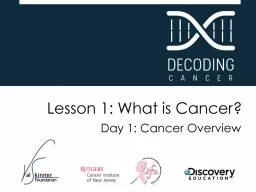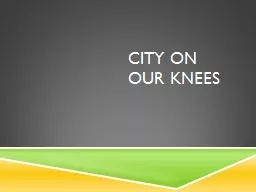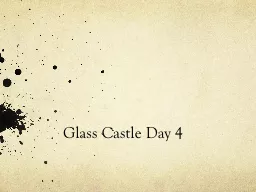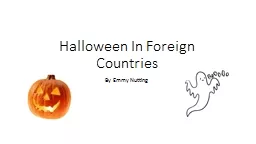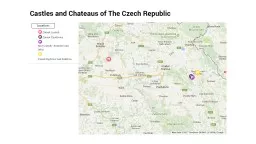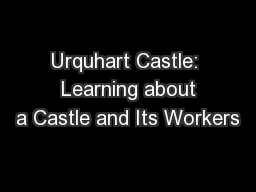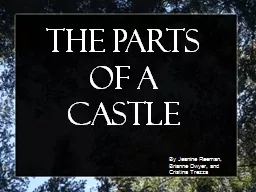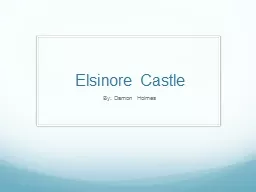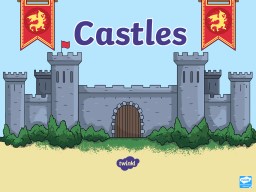PPT-HW: Castle Learning due tonight 11:59
Author : SugarPlum | Published Date : 2022-08-04
Bronx Zoo by Friday 111 Answer Steves question 1 Steve and Nikki are fraternal twins in high school They recently learned that their mother has been diagnosed
Presentation Embed Code
Download Presentation
Download Presentation The PPT/PDF document "HW: Castle Learning due tonight 11:59" is the property of its rightful owner. Permission is granted to download and print the materials on this website for personal, non-commercial use only, and to display it on your personal computer provided you do not modify the materials and that you retain all copyright notices contained in the materials. By downloading content from our website, you accept the terms of this agreement.
HW: Castle Learning due tonight 11:59: Transcript
Download Rules Of Document
"HW: Castle Learning due tonight 11:59"The content belongs to its owner. You may download and print it for personal use, without modification, and keep all copyright notices. By downloading, you agree to these terms.
Related Documents

